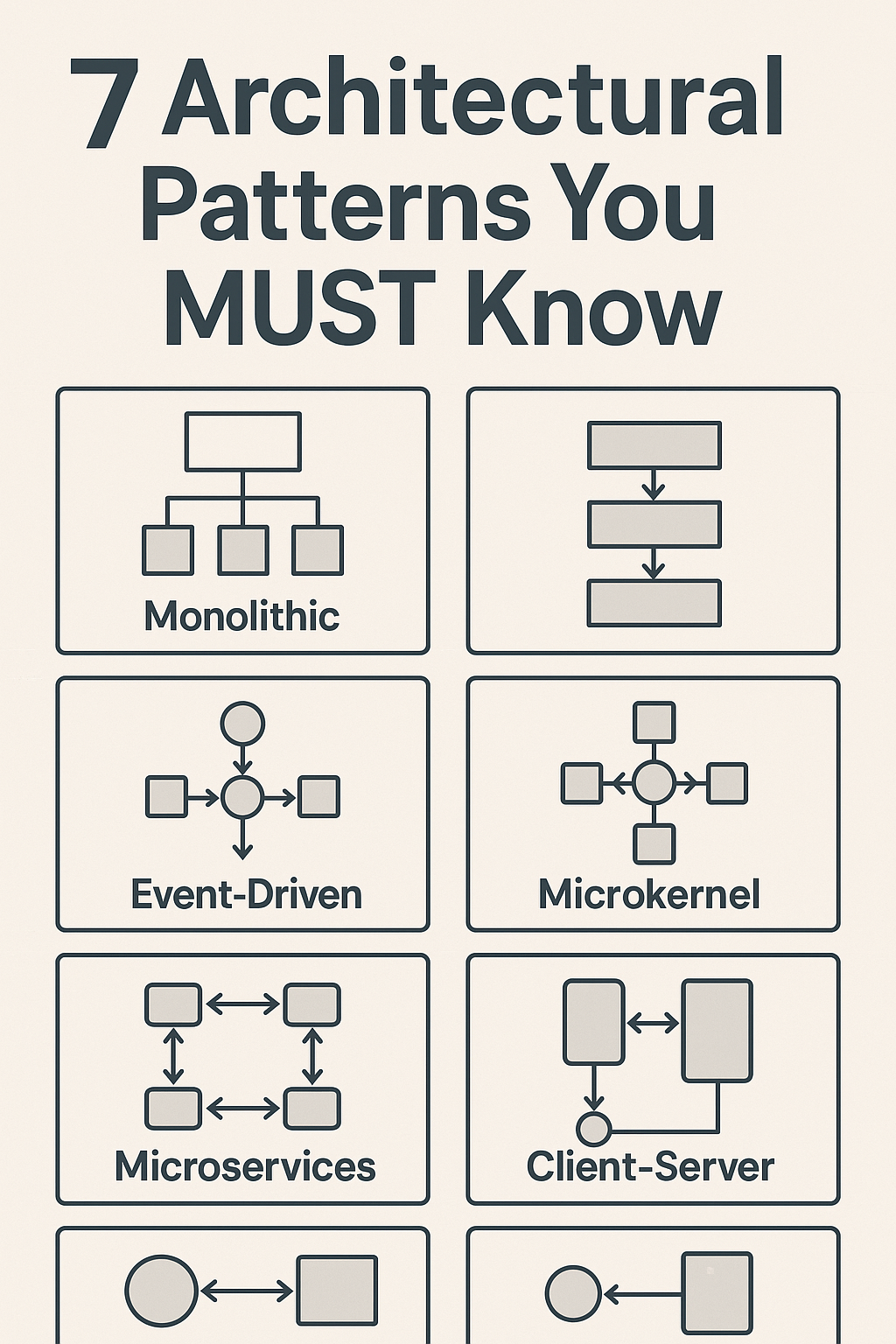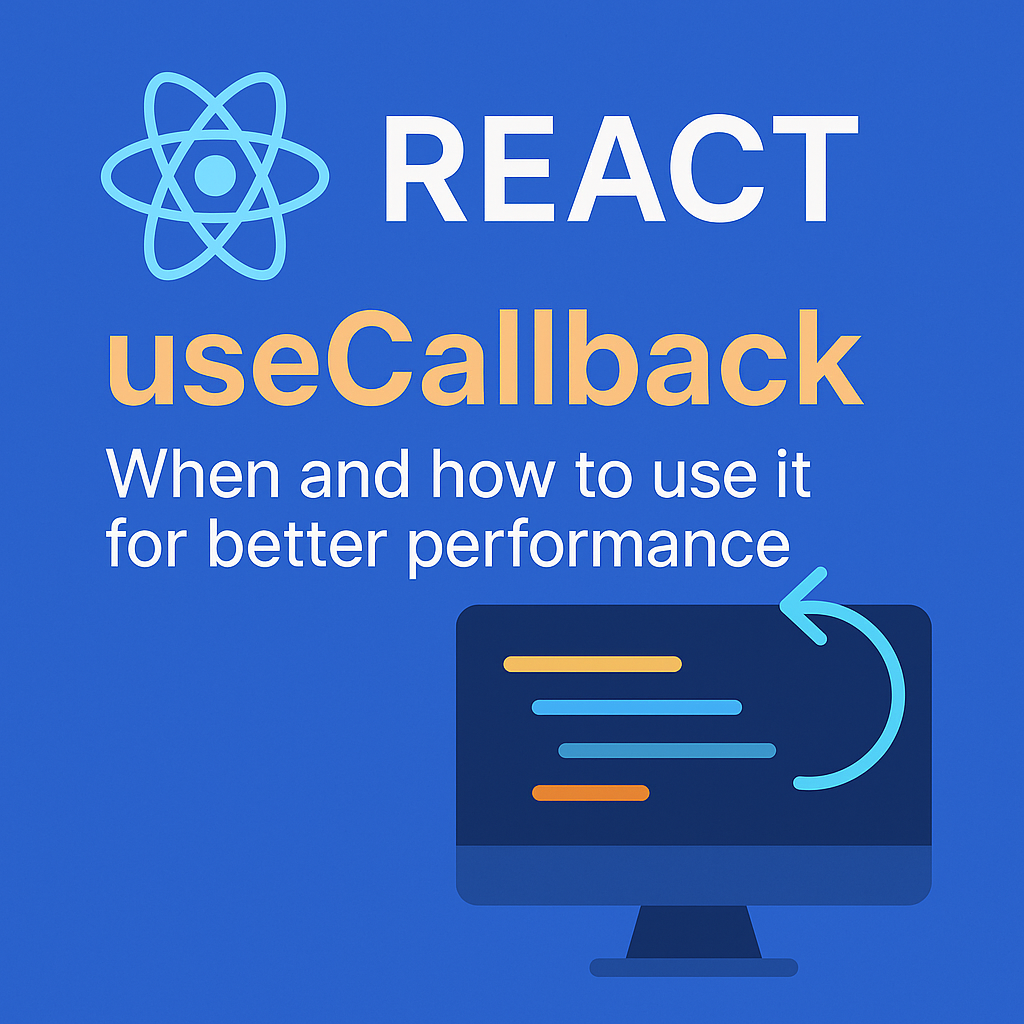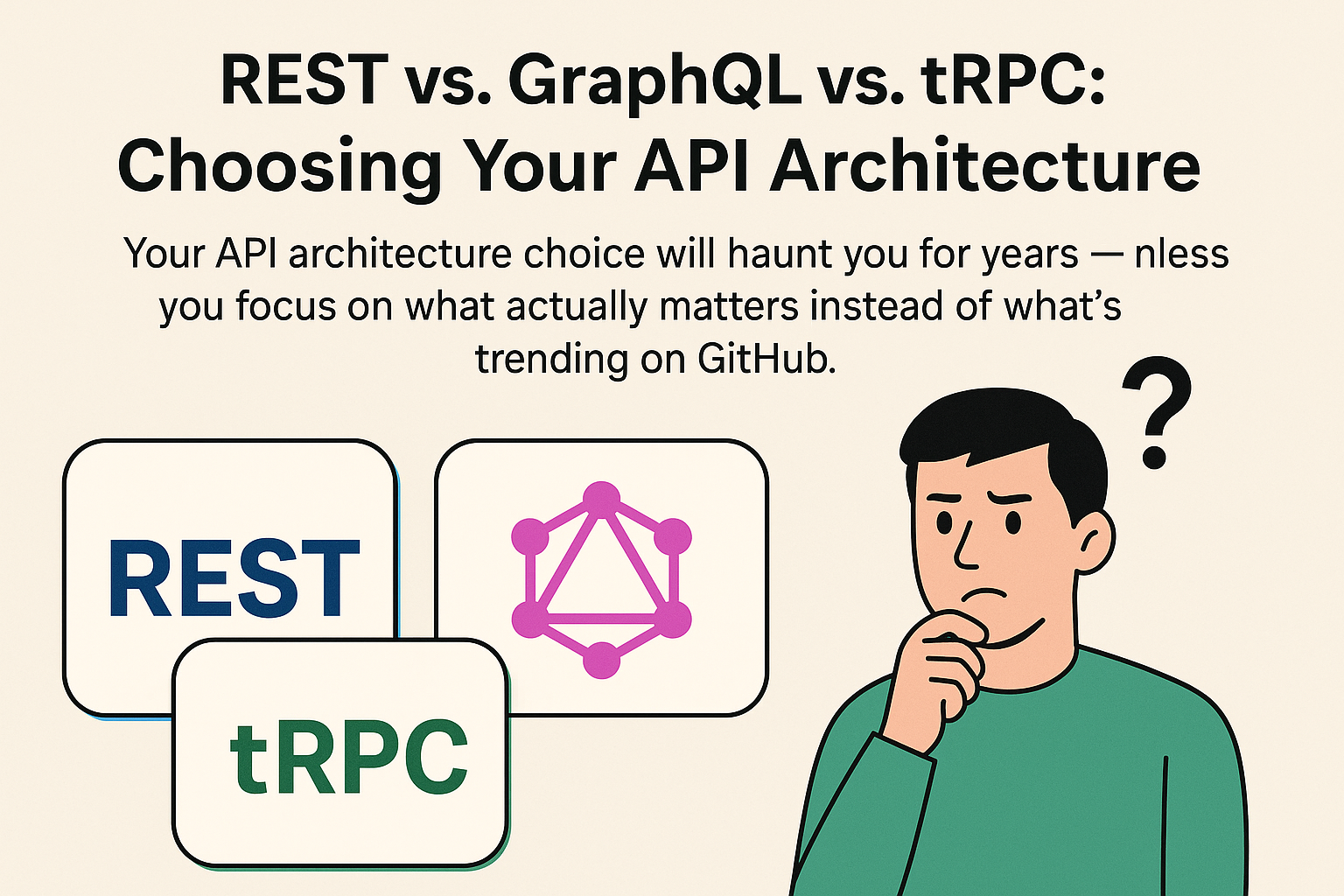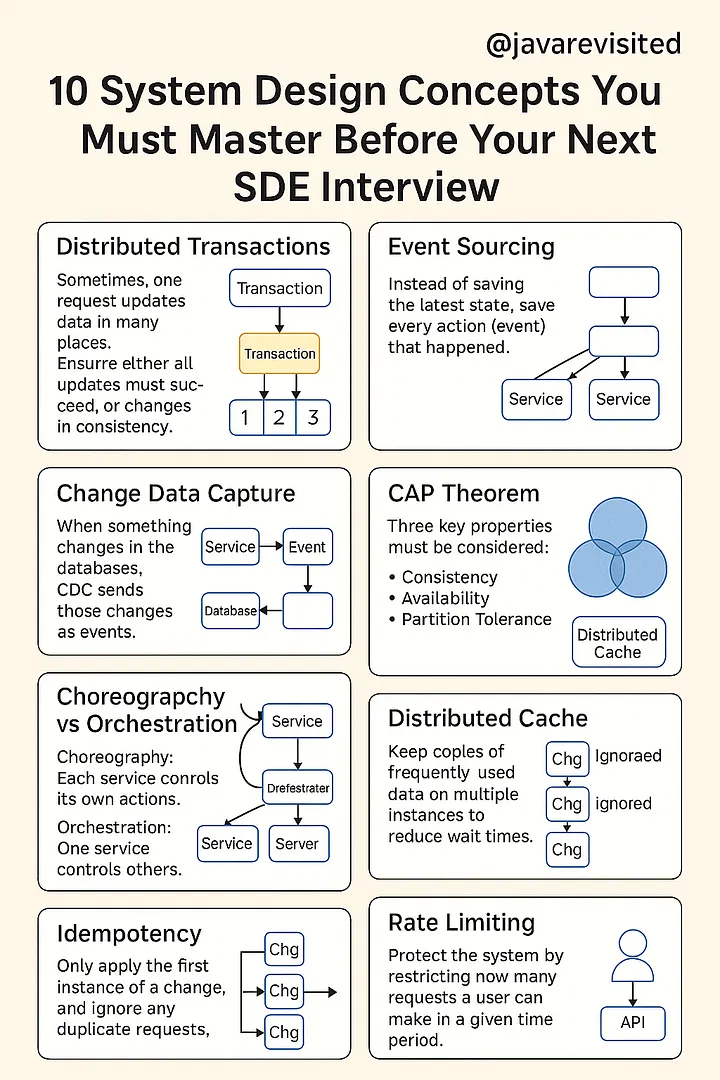A simple guide to 7 software architectural patterns — monolithic, layered, microservices, SOA, MVC, event-driven, and master-slave — explained in plain English.
Let’s be real — the words “software architectural patterns” sound like something pulled from a dusty textbook or whispered in a late-night DevOps meeting. But here’s the thing: these patterns shape how your apps work, scale, crash, or thrive. Whether you’re building the next big thing or just figuring out how to structure your side project, understanding architecture isn’t optional — it’s essential.
Now, I’m not here to throw jargon at you or pretend software design is some kind of secret society. Nope. This blog is your friendly guide to the 7 architectural patterns that every modern developer should know — explained in plain English, with a splash of style and a lot less headache.
What’s an Architectural Pattern?
Think of architectural patterns like the layout of a house. Open-plan kitchen? Studio apartment? Mansion with a moat? Each pattern helps organize how your software is built and how the parts talk to each other.

Now, let’s jump in to the 7 Architectural Patterns You MUST Know
1. Monolithic Architecture — The All-In-One Classic
Main keyword: monolithic architecture
You’ve probably used a monolith today. It’s your classic all-in-one software — everything lives together: the user interface, business logic, and data access. One codebase. One deploy. One… big spaghetti mess if you’re not careful.
- ✅ Easy to start with.
- ❌ Hard to scale or update without breaking something.
It’s like living in a studio apartment — cozy, efficient, but if you knock over your coffee, it spills on your bed, desk, and stove.
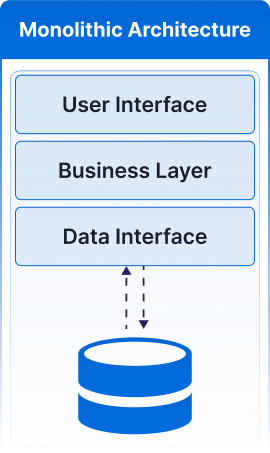
2. Layered Architecture — The Lasagna Stack
Also known as: n-tier architecture
Ah, the good old layered approach. You separate your app into layers:
- Presentation Layer (what users see)
- Business Layer (logic and rules)
- Persistence Layer (saving stuff)
- Database Layer (where stuff lives)
Each layer has its job. No mixing. It’s clean… like a tidy lasagna. One bite at a time.
- ✅ Great for structure and team collaboration.
- ❌ Can get slow if too many layers get involved.
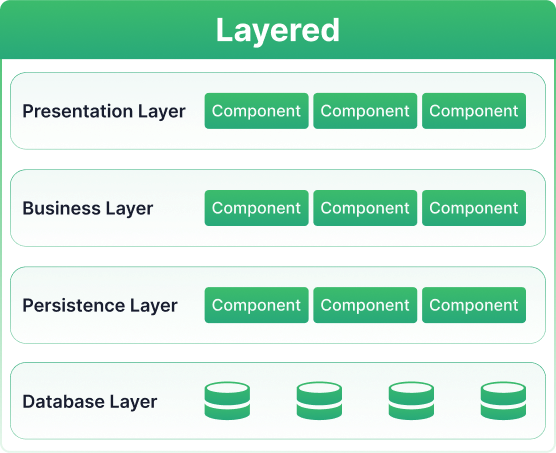
3. Microservices Architecture — The Squad Goals
Instead of one big monolith, microservices break things into tiny independent services. Each service does one thing really well — like a squad of specialists. You might have services for users, payments, orders, etc.
- ✅ Easy to scale. One service acts up? Just fix that one.
- ❌ More complex to manage and test.
It’s like running a startup where everyone’s a freelancer. Flexible but takes good coordination.
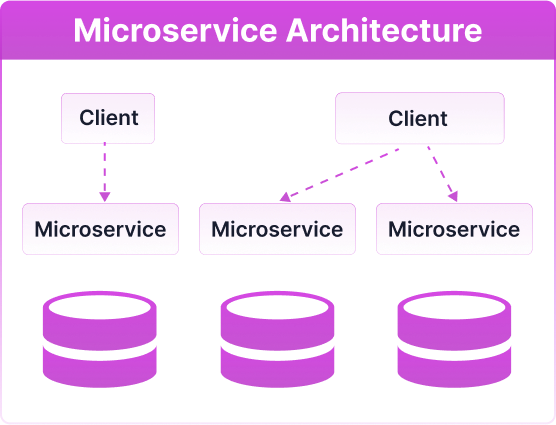
4. Service-Oriented Architecture (SOA) — The Corporate Cousin
SOA walks like microservices, but talks like enterprise.
Everything connects via an Enterprise Service Bus (ESB) — this central hub coordinates communication between services. Think of it like a corporate Slack channel for your software.
- ✅ Good for big businesses with lots of legacy systems.
- ❌ ESB can become a bottleneck (and a single point of failure).
It’s a bit formal — like business suits and memos — but gets the job done.
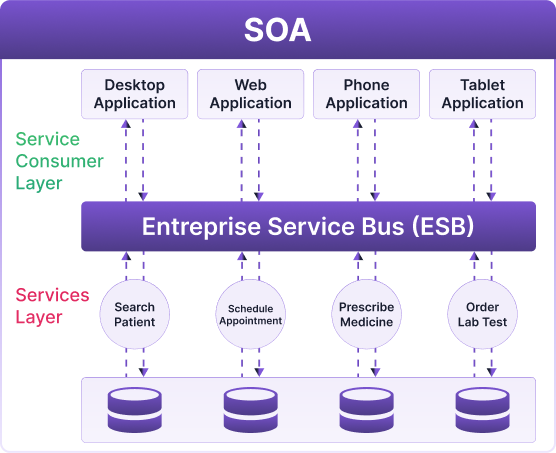
5. Event-Driven Architecture — The Party Animal
Here, systems communicate by sending and reacting to events. You’ve got:
- Producers (who fire events)
- Consumers (who react)
- An Event Broker (who handles the party invites)
Imagine you’re at a party. Someone drops a “New Order Placed” event. Whoever cares (inventory, billing, email) reacts — without having to know each other exists.
- ✅ Great for real-time apps.
- ❌ Can be tricky to debug when things go sideways.
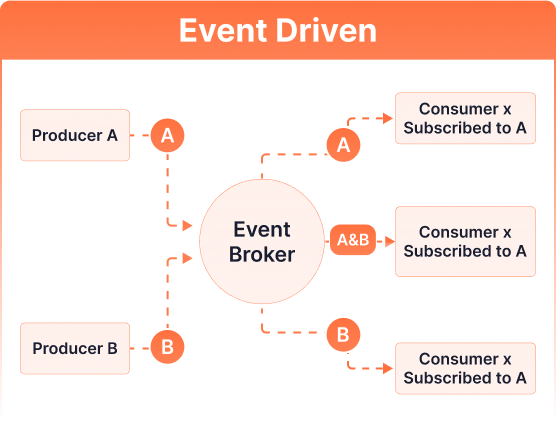
5. Event-Driven Architecture — The Party Animal
Here, systems communicate by sending and reacting to events. You’ve got:
- Producers (who fire events)
- Consumers (who react)
- An Event Broker (who handles the party invites)
Imagine you’re at a party. Someone drops a “New Order Placed” event. Whoever cares (inventory, billing, email) reacts — without having to know each other exists.
- ✅ Great for real-time apps.
- ❌ Can be tricky to debug when things go sideways.
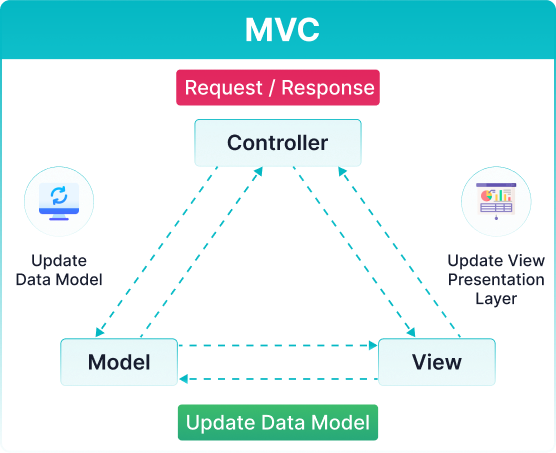
5. Event-Driven Architecture — The Party Animal
Here, systems communicate by sending and reacting to events. You’ve got:
- Producers (who fire events)
- Consumers (who react)
- An Event Broker (who handles the party invites)
Imagine you’re at a party. Someone drops a “New Order Placed” event. Whoever cares (inventory, billing, email) reacts — without having to know each other exists.
- ✅ Great for real-time apps.
- ❌ Can be tricky to debug when things go sideways.
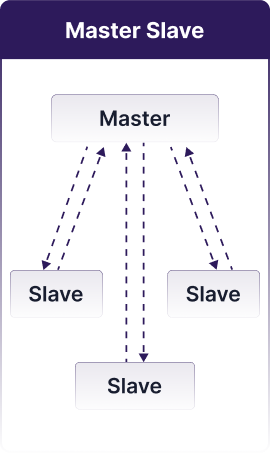
So… Which Pattern Should You Use?
Here’s the honest answer: it depends.
- Building a small app? Start with monolithic or layered.
- Scaling up? Look at microservices or event-driven.
- Working with legacy enterprise stuff? SOA might be your path.
- Building UIs? MVC is still a solid bet.
- Need reliability and backups? Think master-slave.
The right pattern depends on your team, your product, and how much complexity you’re willing to dance with.
